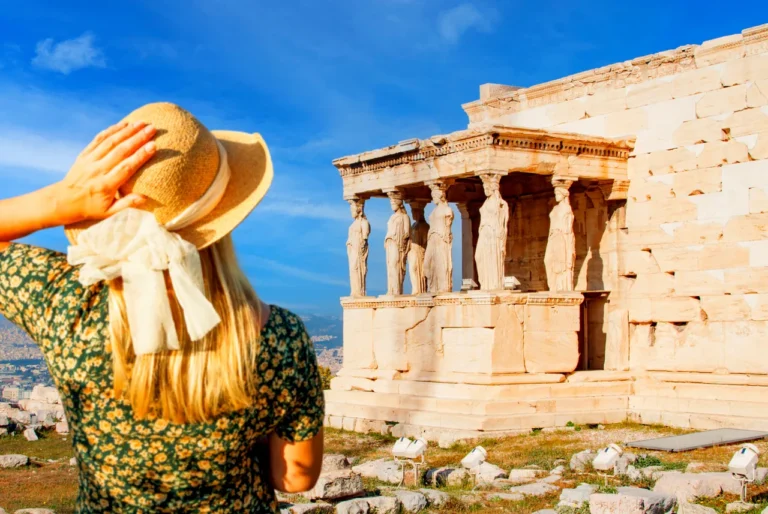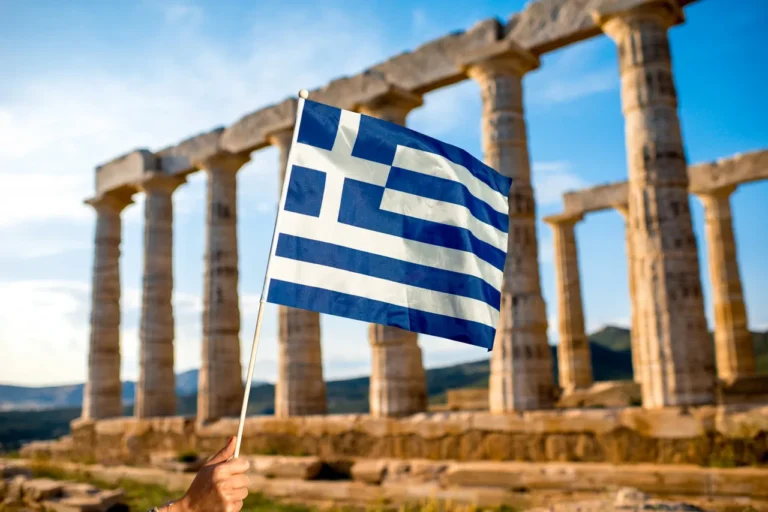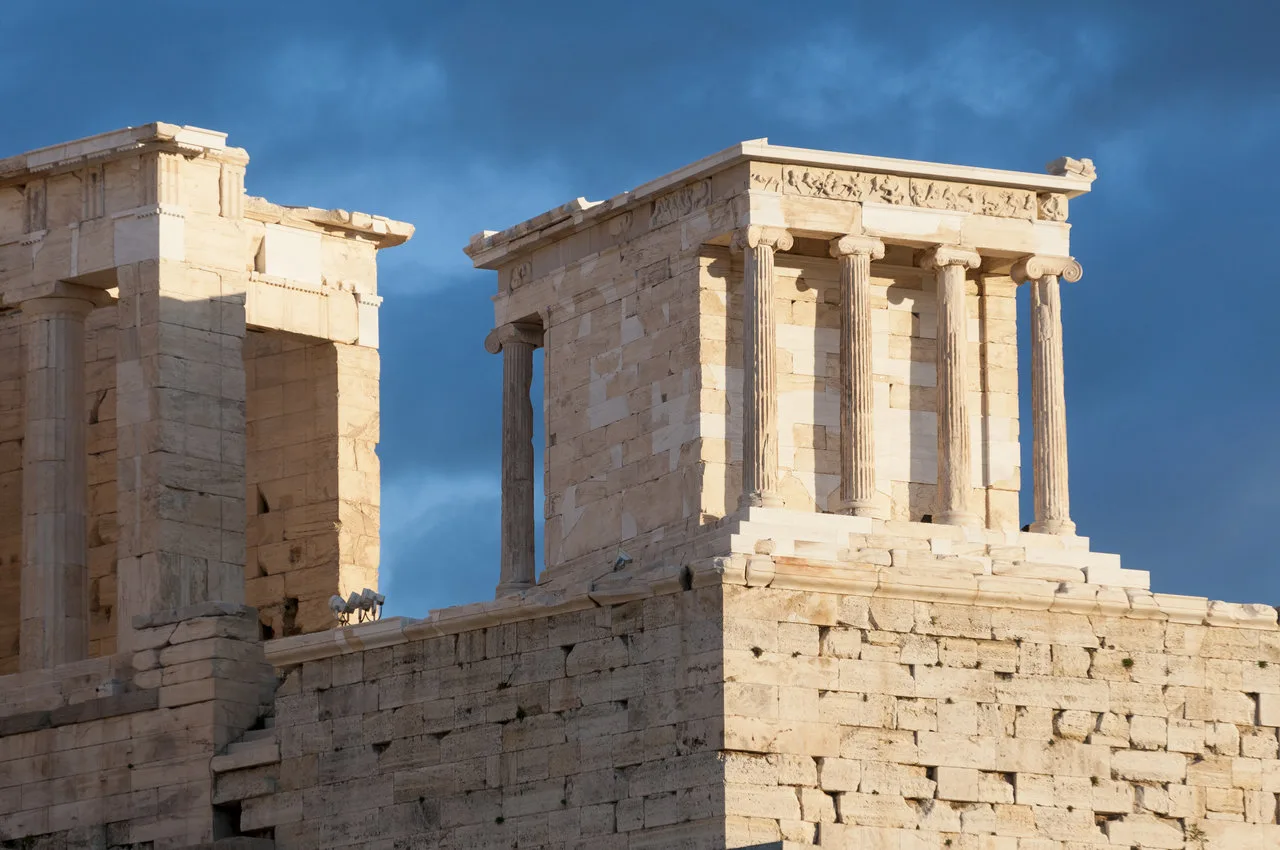Athens: The timeless charm of the capital of Greece
Athens, the capital and largest city of Greece, is a captivating destination that seamlessly blends its rich ancient heritage with the vibrant energy of a modern metropolis. As the birthplace of democracy, philosophy, and Western civilization, Athens has long been revered as a cultural epicenter, attracting visitors from around the world who seek to immerse themselves in its timeless allure.
Athens, the capital city of Greece, is a bustling metropolis with a rich history and vibrant culture. Let’s take a closer look at its population and surface area.
Explore the Wonders of Athens
Athens by the Numbers: Population and Geographic Size
As of 2021, the population of the Athens Urban Area (which includes the city of Athens and its surrounding suburbs) is estimated to be around 3,090,000 people. This makes Athens the 7th most populous capital city in the European Union.
The City of Athens itself, which is the municipality at the center of the urban area, has a population of approximately 664,000 people. The population of Athens has grown steadily over the past few decades due to urbanization and immigration.
Surface Area of Athens
The total surface area of the Athens Urban Area is approximately 412 square kilometers (159 square miles). This includes the city of Athens proper as well as the surrounding suburbs and municipalities that make up the greater metropolitan area.
The City of Athens municipality covers an area of around 39 square kilometers (15 square miles), making it one of the most densely populated cities in Europe, with a population density of about 17,000 people per square kilometer.
Despite its relatively compact size, Athens is a city of contrasts, with a mix of ancient monuments, modern architecture, and diverse neighborhoods that reflect its long and complex history.
The Cultural and Historical Significance of Athens
Athens is renowned for its iconic landmarks, such as the Acropolis and the Parthenon, which stand as enduring symbols of the city’s glorious past. These ancient structures, along with the Acropolis Museum and other renowned archaeological sites, offer a tangible connection to the Golden Age of Athens, when the city flourished as a hub of intellectual and artistic pursuits.
Beyond its ancient wonders, Athens also boasts a vibrant contemporary culture, with a thriving arts scene, cutting-edge architecture, and a diverse culinary landscape that showcases the best of Greek and international cuisine. The city’s lively neighborhoods, such as Plaka, Monastiraki, and Kolonaki, invite visitors to explore its charming streets, bustling markets, and lively cafes and bars.
Why Athens Remains a Top Destination for Travelers Worldwide
Athens has long been a premier destination for travelers seeking to immerse themselves in the rich tapestry of history, culture, and modernity that the city offers. Its unique blend of ancient and contemporary elements, combined with its warm Mediterranean climate, friendly locals, and excellent transportation infrastructure, make it an irresistible choice for visitors from around the globe.
Whether you’re interested in exploring the city’s iconic landmarks, indulging in its culinary delights, or experiencing its vibrant cultural scene, Athens is a must-visit destination that will leave a lasting impression on all who discover its captivating charms.
Tips for an Unforgettable Experience in Athens
Choosing the Right Accommodation: Location, Comfort, and Budget
When planning a trip to Athens, choosing the right accommodation is crucial for ensuring a memorable and comfortable stay. Visitors have a wide range of options, from luxury hotels to budget-friendly hostels, each offering unique amenities and experiences.
Location is a key factor, as staying in central neighborhoods like Koukaki, Plaka, Syntagma, or Monastiraki allows easy access to the city’s iconic landmarks, vibrant nightlife, and diverse dining options. Travelers should also consider their budget and desired level of comfort, as Athens caters to a wide range of preferences and price points.
Exploring Athens’ Neighborhoods: Plaka, Syntagma, Kolonaki, and Monastiraki
Exploring the distinct neighborhoods of Athens is an essential part of experiencing the city’s rich culture and history. Each area offers its own unique charm and personality, allowing visitors to immerse themselves in the local way of life.
Plaka, the historic heart of Athens, is a picturesque neighborhood with winding cobblestone streets, neoclassical buildings, and lively tavernas serving traditional Greek cuisine.
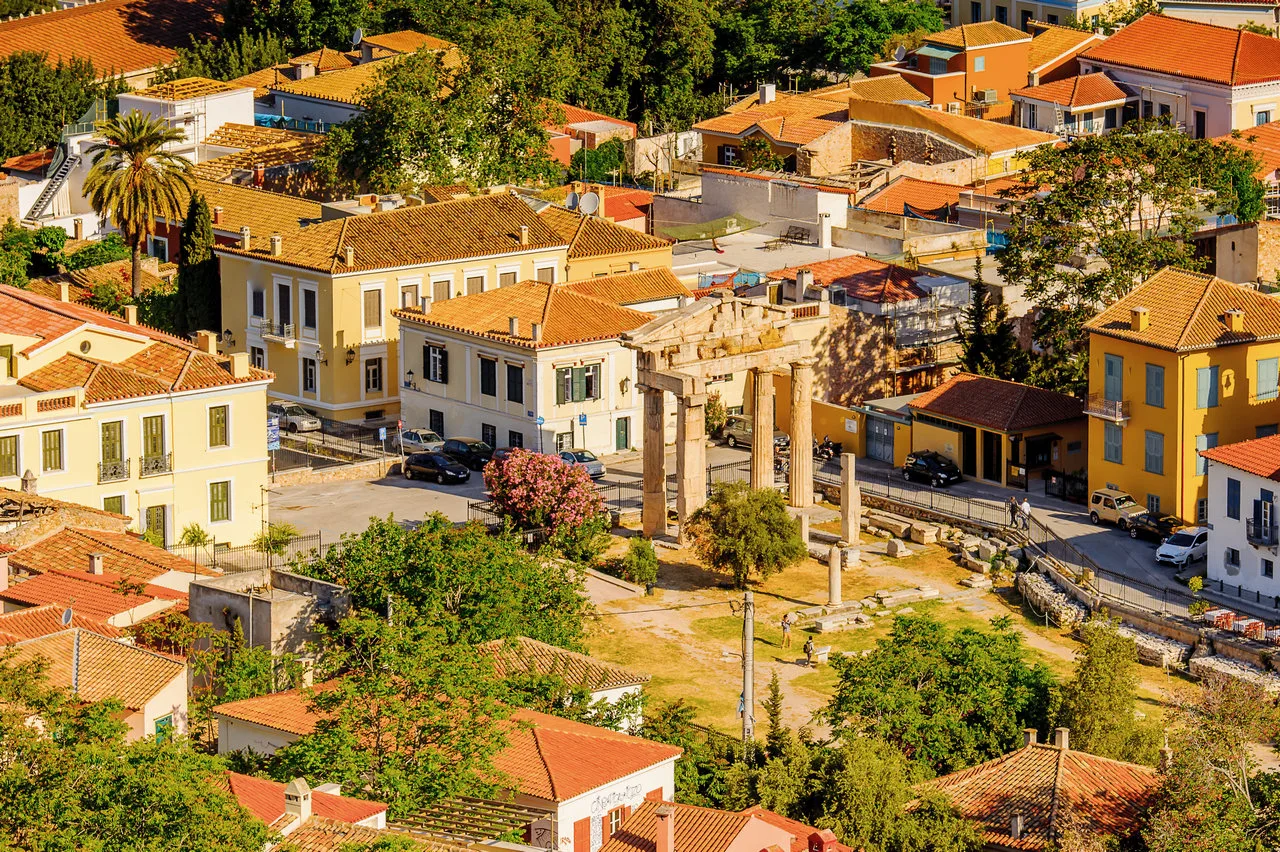
Syntagma Square, the political and administrative center, is home to the Greek Parliament and the iconic Tomb of the Unknown Soldier.
Kolonaki, a chic and upscale district, is known for its high-end boutiques, art galleries, and trendy cafes, while Monastiraki is a bustling area with a lively flea market, ancient ruins, and panoramic views of the Acropolis.
Admire The Ancient Monuments of Athens
No visit to Athens would be complete without exploring the city’s iconic ancient monuments, which stand as enduring symbols of its rich cultural heritage.
The Acropolis, with its magnificent Parthenon, is the crown jewel of Athens, offering breathtaking views and a tangible connection to the Golden Age of Pericles. The Ancient Agora, the heart of public life in ancient Athens, provides insight into the daily lives of the city’s citizens.
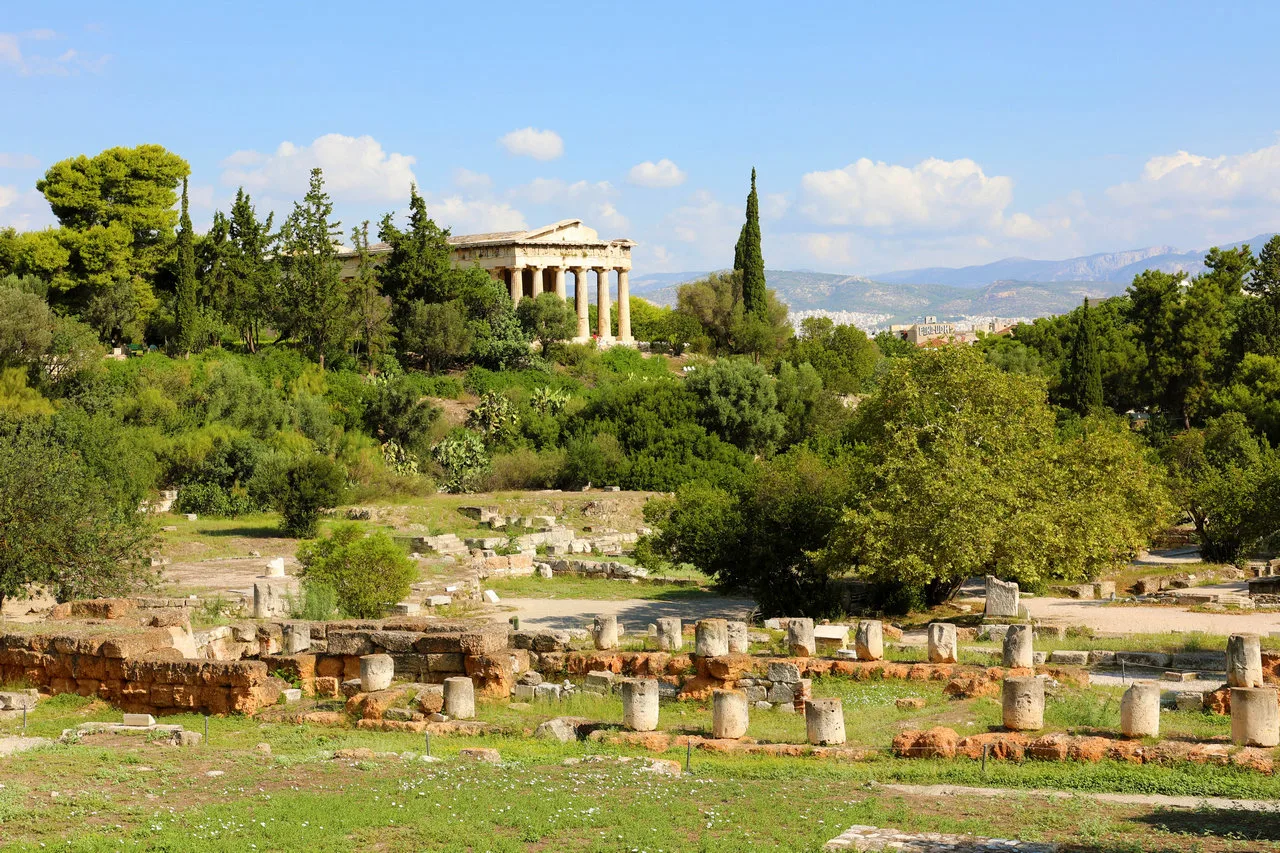
Other must-see sites include the Temple of Poseidon at Sounio, the Temple of Hephaestus in the Ancient Agora, and the Theatre of Herodes Atticus, which continues to host world-class performances against the stunning backdrop of the Acropolis.
Booking Strategies: Ensuring the Best Stay During Peak Seasons
Visiting Athens during the peak tourist season, which typically runs from June to September, can be challenging due to the high demand for accommodation and popular attractions. To ensure the best possible stay, travelers should book their accommodations and tickets to major sites well in advance, taking advantage of online booking platforms and package deals. Flexibility with travel dates can also help in securing more favorable rates and availability. Don’t forget that the weather in Greece is excellent in April, May and October, when there are fewer tourists.
Dining and Shopping: Embracing Athens’ Vibrant Lifestyle
Athens is a culinary and shopping paradise, offering visitors the opportunity to immerse themselves in the local way of life. Traditional Greek cuisine, featuring fresh seafood, hearty stews, and flavorful meze, can be savored in the charming tavernas of Plaka and Monastiraki. Foodies can also explore the bustling Central Market and specialty food shops to discover the best of Greek produce, cheeses, and artisanal products.

Shopping in Athens is an equally rewarding experience, with the city’s neighborhoods offering a diverse range of options, from high-end boutiques in Kolonaki to lively flea markets in Monastiraki, where visitors can find unique souvenirs, handcrafted items, and local designer fashion.
Must-Visit Sites: Beyond the Ancient Ruins
The Byzantine and Christian Museum: Unveiling Byzantine Glory
While Athens is renowned for its ancient Greek heritage, the city also boasts a rich Byzantine and Christian history, which is beautifully showcased at the Byzantine and Christian Museum (link). This impressive institution houses an extensive collection of religious artifacts, icons, and architectural elements that illuminate the pivotal role of Byzantine culture in the development of Greek and European civilization.
Visitors to the museum can explore the stunning exhibits, which range from intricate mosaics and frescoes to ornate liturgical objects and rare manuscripts. The museum’s well-curated displays and informative guided tours provide a deeper understanding of the enduring influence of Byzantine art and spirituality on the cultural identity of Greece.
The National Archaeological Museum: A Journey Through Greece’s Past
As the largest and most comprehensive archaeological museum in Greece, the National Archaeological Museum (link) is a must-visit destination for anyone interested in exploring the rich history and cultural heritage of the country.
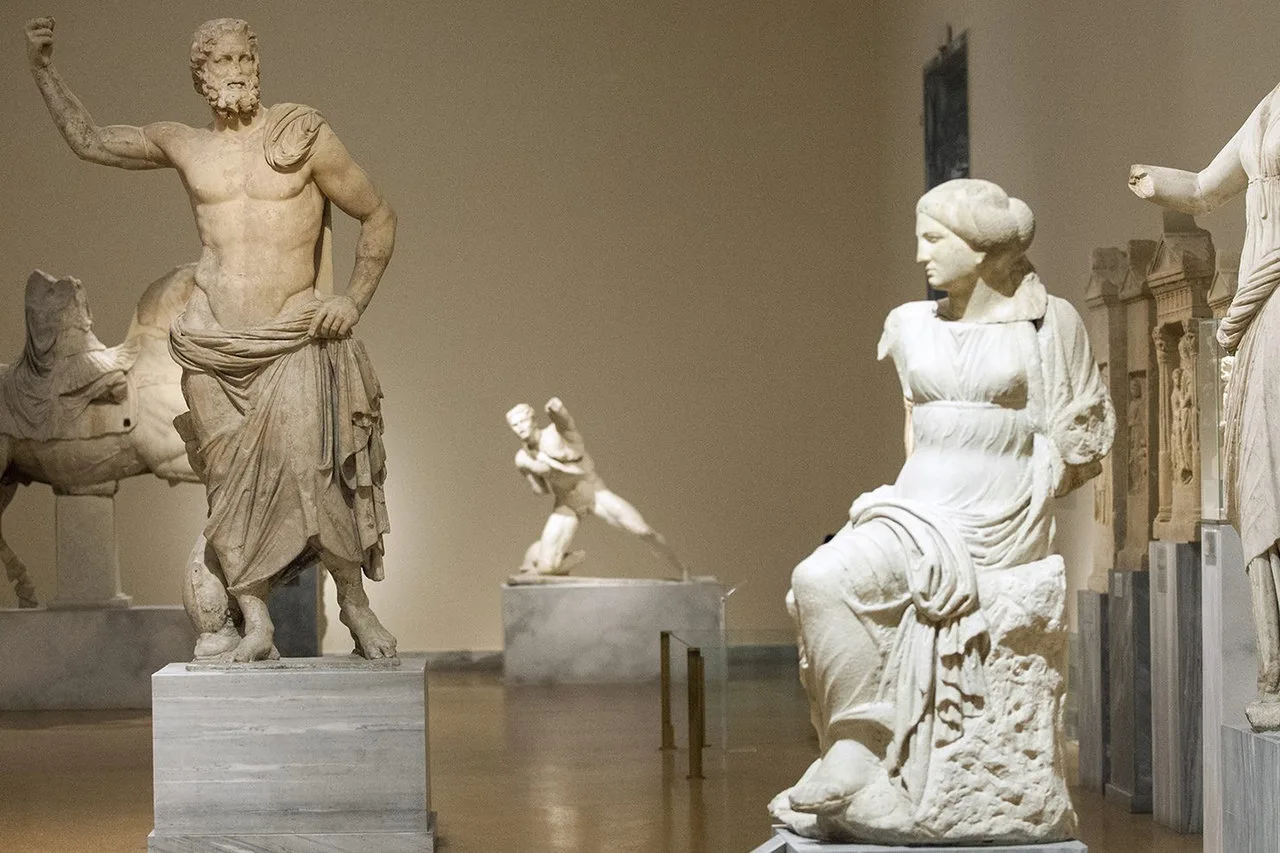
The museum’s vast collection includes priceless artifacts from prehistoric, ancient Greek, Roman, and Byzantine eras, showcasing the remarkable achievements of Greek civilization across the millennia. Highlights include the iconic Antikythera Mechanism, the Mycenaean Gold Treasures, and the stunning Kouros statues, which captivate visitors with their artistic brilliance and historical significance.
Experiencing Athens’ Modern Cultural Scene
While Athens is renowned for its ancient wonders, the city also boasts a vibrant and thriving contemporary cultural scene, with a diverse array of museums, art galleries, and performance spaces that showcase the creativity and innovation of modern Greece.
The Benaki Museum (link), for example, is a leading institution that explores the evolution of Greek art and design from antiquity to the present day, while the Onassis Cultural Center (link) hosts cutting-edge exhibitions, concerts, and theatrical productions that push the boundaries of artistic expression.
The Changing Faces of Athens: Urban Spaces and Street Art
Beyond the iconic monuments and museums, Athens is also a city in constant evolution, with dynamic urban spaces and a thriving street art scene that reflect the diverse and ever-changing character of the metropolis.
The transformation of former industrial and neglected areas, such as Psyrri and Metaxourgio, has given rise to vibrant neighborhoods filled with trendy cafes, independent boutiques, and colorful murals that showcase the creativity and resilience of the local community.
Exploring these urban spaces and discovering the captivating street art that adorns the city’s walls allows visitors to gain a deeper understanding of the contemporary social, political, and cultural dynamics that shape the ever-evolving identity of Athens.
Explore the Wonders of Athens
Living Like a Local: Activities and Experiences
Culinary Delights: Sampling Athenian Cuisine
One of the best ways to immerse yourself in Athenian culture is through its delectable cuisine. From traditional Greek dishes like moussaka and souvlaki to contemporary twists on classic recipes, Athens offers a wide array of culinary experiences that cater to every taste and budget.
To sample the best of Athenian cuisine, head to the lively neighborhoods of Thiseio, Psyrri, and Plaka, where you’ll find charming tavernas, bustling street food markets, and trendy restaurants serving up mouthwatering dishes. Don’t miss the opportunity to visit the Central Market, where you can discover the freshest local ingredients and sample a variety of Greek delicacies.
Enjoying a Performance at the Odeon of Herodes Atticus
For a truly unforgettable experience, attend a live performance at the Odeon of Herodes Atticus, an ancient stone theater located on the southern slope of the Acropolis. This iconic venue hosts a range of cultural events throughout the summer months, including classical music concerts, ballet performances, and ancient Greek dramas.
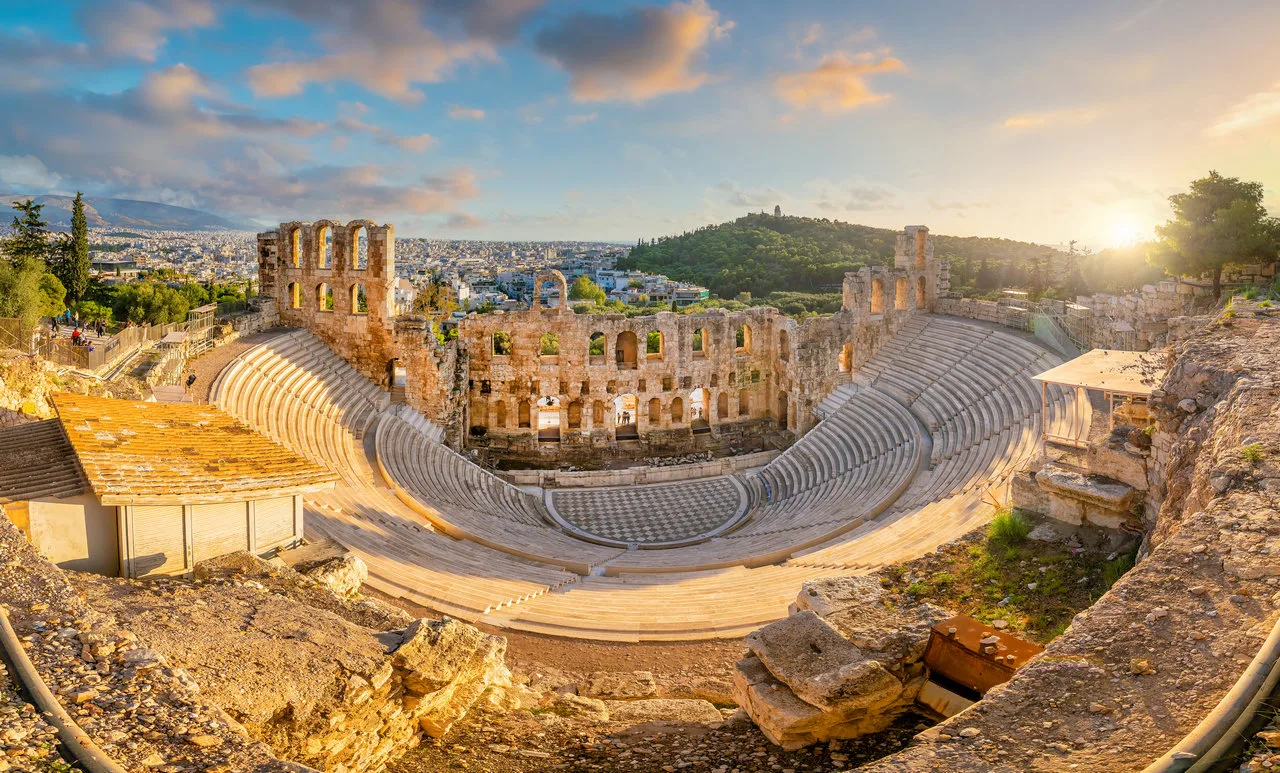
As you sit under the stars and marvel at the stunning backdrop of the illuminated Acropolis, you’ll be transported back in time to the golden age of Athens. Be sure to book your tickets well in advance, as performances at this popular venue tend to sell out quickly.
Athenian Nightlife: From Rooftop Bars to Pulsating Dance Clubs
Athens is famous for its vibrant nightlife, with a diverse range of options to suit every taste and mood. For breathtaking views of the city skyline, head to one of the many rooftop bars in the trendy neighborhoods of Kolonaki and Gazi, where you can sip on creative cocktails and mingle with locals and fellow travelers.
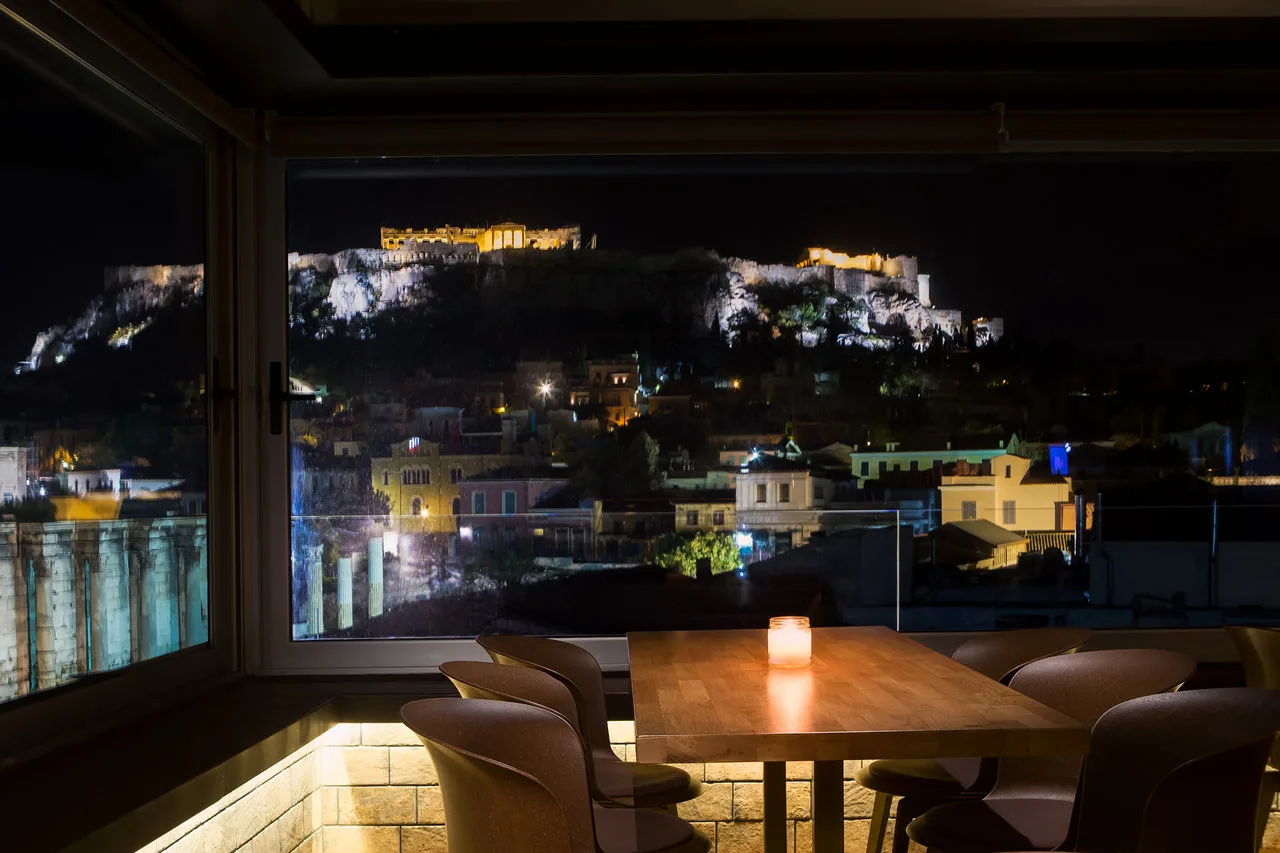
If you’re in the mood for a more high-energy experience, Athens has a thriving dance club scene that keeps the party going until the early hours of the morning. Popular areas for nightclubs include Gazi, Psyrri, and Monastiraki, where you’ll find a mix of international and Greek music, cutting-edge DJs, and lively crowds.
No matter what your preferences are, Athens’ nightlife scene has something to offer everyone, from sophisticated cocktail lounges to underground dance parties and everything in between. Just remember to pace yourself, stay safe, and embrace the city’s infectious energy as you dance the night away.
Day Trips from Athens: Sounio and Beyond
While Athens itself offers plenty to see and do, the surrounding region is also home to a wealth of fascinating destinations that make for perfect day trips. One of the most popular excursions is to the Temple of Poseidon at Sounio, a stunning ancient ruins perched on a cliff overlooking the Aegean Sea.
Other notable day trip options include the scenic town of Nafplion, the ancient city of Delphi, famous for its oracle and stunning mountain setting, and the picturesque island of Hydra, known for its car-free streets, elegant stone mansions, and crystal-clear waters. No matter which destination you choose, a day trip from Athens is sure to enrich your understanding of Greece’s rich history and natural beauty.
Planning Your Visit in Athens
Best Time to Visit: Weather and Tourist Seasons
When planning your trip to Athens, it’s essential to consider the best time to visit based on your preferences for weather and crowd levels. The city experiences a Mediterranean climate, with hot, dry summers and mild, wet winters. The peak tourist season runs from June to August, when temperatures can soar above 30°C (86°F) and popular attractions become crowded. If you prefer milder weather and fewer crowds, consider visiting during the shoulder seasons of April to May or September to October, when temperatures are more comfortable and tourist numbers are lower.
Getting Around Athens: Public Transport and Walking Tours
Athens offers a comprehensive public transportation system, making it easy to navigate the city and reach its many attractions. The metro (link) is the most efficient way to get around, with three lines connecting the city center to outlying areas. Buses and trams are also available, providing access to destinations not served by the metro. For a more immersive experience, consider joining our walking tours in Athens led by knowledgeable local guides. These tours offer unique insights into the city’s history, culture, and hidden gems, allowing you to explore Athens from a different perspective.
Safety Tips and Health Precautions
While Athens is generally a safe city for travelers, it’s always a good idea to take basic safety precautions. Be aware of your surroundings, especially in crowded areas like tourist hotspots and public transportation, and keep your valuables secure.In terms of health precautions, make sure to stay hydrated, especially during the hot summer months, and protect yourself from the sun with sunscreen, hats, and sunglasses. If you have any specific health concerns, it’s advisable to consult with your doctor before your trip and ensure that you have adequate travel insurance.
Souvenirs and Memories: Bringing a Piece of Athens Home

No trip to Athens would be complete without bringing home a unique souvenir to remember your visit. The city offers a wide range of shopping options, from traditional Greek products like olive oil, honey, and ouzo to handcrafted jewelry, ceramics, and textiles. For an authentic shopping experience, head to the Monastiraki Flea Market, where you’ll find a vibrant array of stalls selling everything from antiques and vintage clothing to local handicrafts and souvenirs. Other popular shopping areas include the upscale boutiques of Kolonaki, the charming streets of Plaka, and the modern shopping centers like Athens Metro Mall and Golden Hall.
Resources:
- 20 Best Things to do in Athens
- “Population of Athens.” World Population Review. link
- “Best Time to Visit Athens.” U.S. News & World Report. link
- “Is Athens Safe? Areas to Avoid and Other Warnings.” link
- “Six Ways to Experience Athens Like a Local”, N.Y. Times. link
- “The Best Greek Dishes to Try in Athens.” link
- “Top 12 Souvenirs to Buy in Athens.” link
- “Odeon of Herodes Atticus.” link.
- “The History of Athens, Greece.” Ancient History Encyclopedia. link


